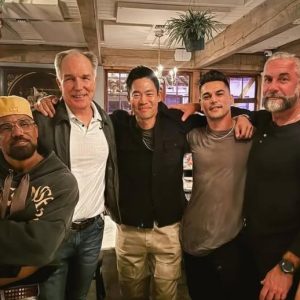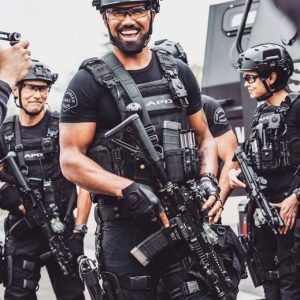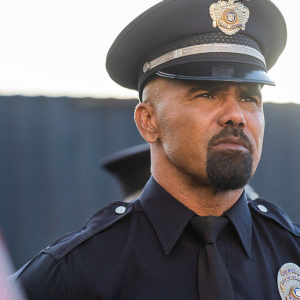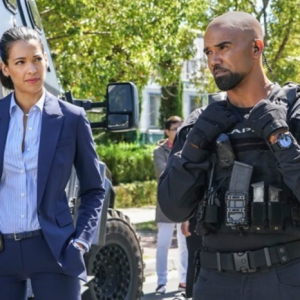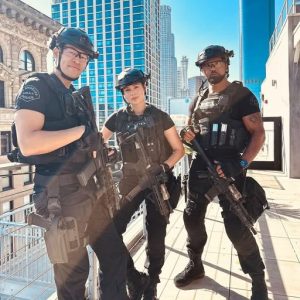The landscape of television is constantly evolving, with established franchises frequently reinvented to suit new economic models and audience consumption habits. Few recent events, however, have highlighted the sharp edges of this transition quite like the contentious announcement surrounding the S.W.A.T. television series. A beloved procedural drama that had captivated audiences for seven seasons on CBS, S.W.A.T. seemed to conclude its impressive run with a heartfelt finale. Yet, the celebratory mood for the cast, crew, and dedicated fanbase was abruptly shattered by a swift, unceremonious decision that sent shockwaves through the industry: Sony Pictures Television quickly greenlit a 10-episode spinoff, controversially titled S.W.A.T. Exiles, featuring only its lead star, Shemar Moore, reprising his role as Daniel “Hondo” Harrelson. This pivotal announcement arrived just two days after the final episode aired, critically, without any involvement or prior notice to most of the original cast, crew, or even the executives at CBS who had championed the series for years.
The fallout was immediate and deeply emotional for those who had poured years of their lives into building the show. David Lim, who played the character Victor Tan, was among the first to voice his dismay publicly. Taking to social media, Lim expressed that the spinoff rollout “stung” profoundly. He articulated a widespread sentiment that the original team – the very “squad” that had defined the show’s camaraderie and appeal – had been unceremoniously ignored. “It was tough to see it announced just two days after our finale—with no mention of the cast who helped build S.W.A.T. from day one,” he wrote, underscoring the deep emotional impact of working together for eight seasons (including the pilot and a crossover event) and the wealth of untapped stories they believed still existed for their characters. His words resonated with fans and colleagues alike, highlighting the often-overlooked personal investment of actors in long-running series.
Jay Harrington, known for his portrayal of Deacon, echoed Lim’s feelings of betrayal and disappointment. He openly called the complete lack of communication from Sony a significant letdown, stating he was “blindsided” and learned of the project’s existence not from the studio that employed him, but through industry trade publications. While pragmatic enough to acknowledge that actors are never “owed” anything in the cutthroat entertainment business, Harrington simply wished for the professional courtesy of being informed, a sentiment that speaks volumes about the perceived disregard for their contributions. For actors who commit years to a demanding production schedule, fostering on-screen chemistry that resonates deeply with audiences, such a swift and silent pivot can feel like a profound slight. The bonds forged over hundreds of hours of filming often extend beyond professional courtesy, creating a sense of family that is difficult to dismiss.
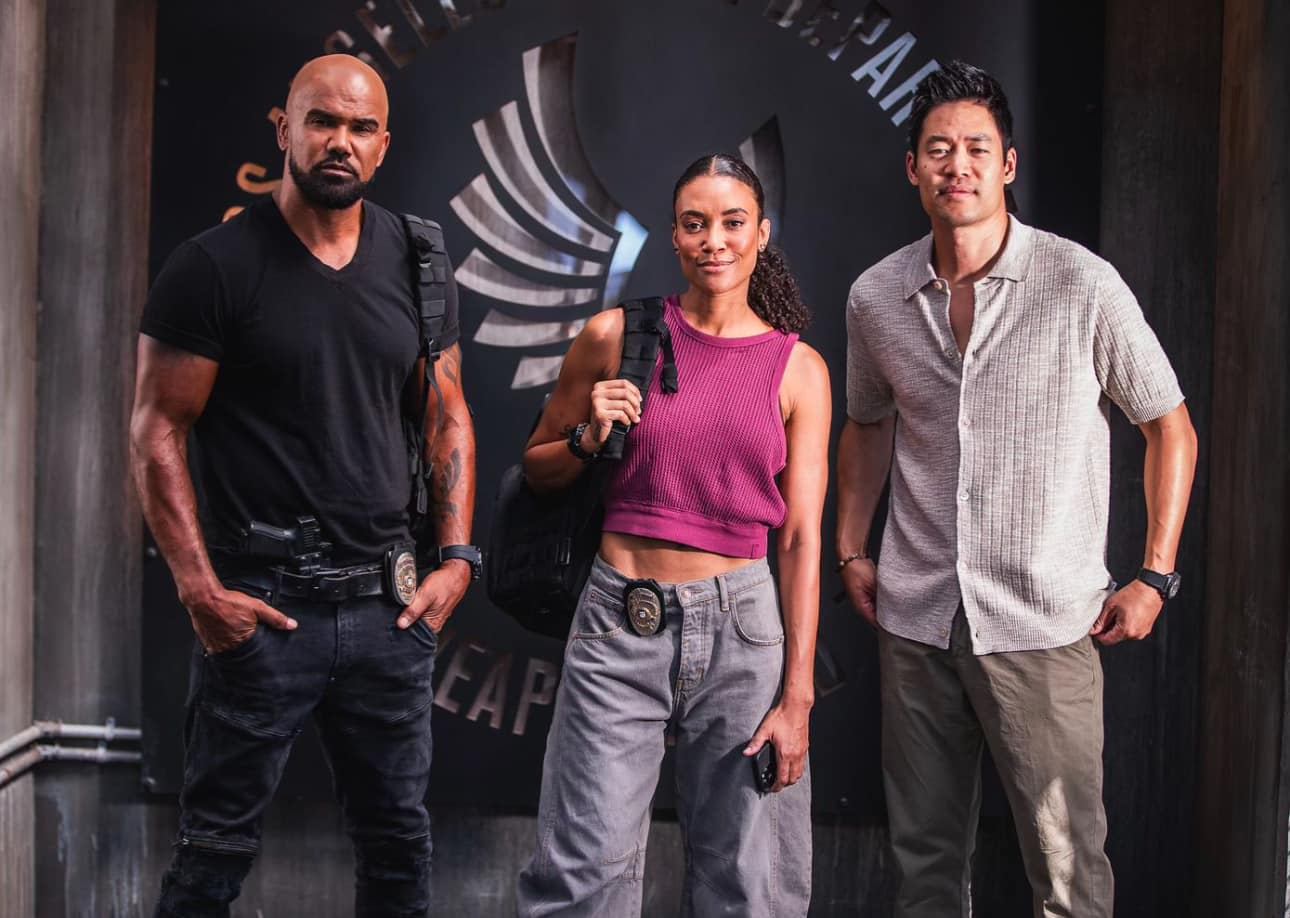
Amidst the chorus of hurt and confusion, Shemar Moore, the central figure of the franchise, offered his own emotional video statement. He likened himself to the “Tom Brady of S.W.A.T.,” positioning himself as the undisputed anchor of the franchise, even implying its ability to continue without the rest of the established team. While seemingly assertive, Moore’s statement was nuanced. He was quick to acknowledge and praise his former co-stars, expressing profound love, respect, and appreciation for the “squad,” the “family,” and the “team” he had worked with, even naming many individually. Yet, he also made his position unequivocally clear: “I’m not gonna apologize for nothing.” Moore defended the future direction of the franchise, framing the decision as necessary growth and a forward-looking step. He simultaneously expressed deep pride in the original series’ “machinations,” including the contributions of the entire cast, crew, and writers who shaped its identity. Beyond the artistic and emotional considerations, Moore underscored a crucial practical angle that often goes unnoticed by the public: the spinoff provides essential continuity for nearly 200 crew members, ensuring they remain employed, and crucially, keeps production rooted in Los Angeles. This point served as a powerful statement of loyalty to the behind-the-scenes team, implicitly contrasting the practical necessity of job preservation with the emotional cost to the on-screen talent.
From Sony’s perspective, the decision to push a solo Hondo spinoff was a strategic imperative driven by the evolving economics of television production and distribution. The studio fast-tracked S.W.A.T. Exiles – moving from initial pitch to full approval in a remarkably swift two weeks. This accelerated timeline was designed to achieve several critical objectives: retaining Shemar Moore under a new contract, preserving existing soundstage deals, and critically, being able to present a new, leaner S.W.A.T. product to international buyers at the pivotal May LA Screenings. With network television facing declining linear viewership and the rising dominance of streaming platforms, studios are increasingly opting for more cost-effective production models. The lean 10-episode structure of S.W.A.T. Exiles is perfectly suited for the streaming model, allowing for potentially tighter storytelling and lower overheads compared to a traditional 22-episode network season. However, this strategic shift inherently meant fewer roles for the established ensemble cast and, inevitably, created friction among the legacy contributors who had helped make the original series a success.
This controversy surrounding S.W.A.T. serves as a poignant case study, exposing a recurring trend within the modern television landscape: the creation of spinoffs that move forward with minimal cast overlap, prioritizing the perceived continuity of a franchise name over the deep-seated legacy built by a cohesive team. While a significant portion of the fanbase largely supported Lim and Harrington’s stance, lamenting the apparent dismissal of the beloved ensemble, others adopted a more pragmatic, industry-focused view, suggesting that change is inevitable and talent must simply “move on.” The core tension here lies between preserving the emotional investment of a dedicated fanbase in established character dynamics versus the business imperative of evolving a franchise to fit new market demands.
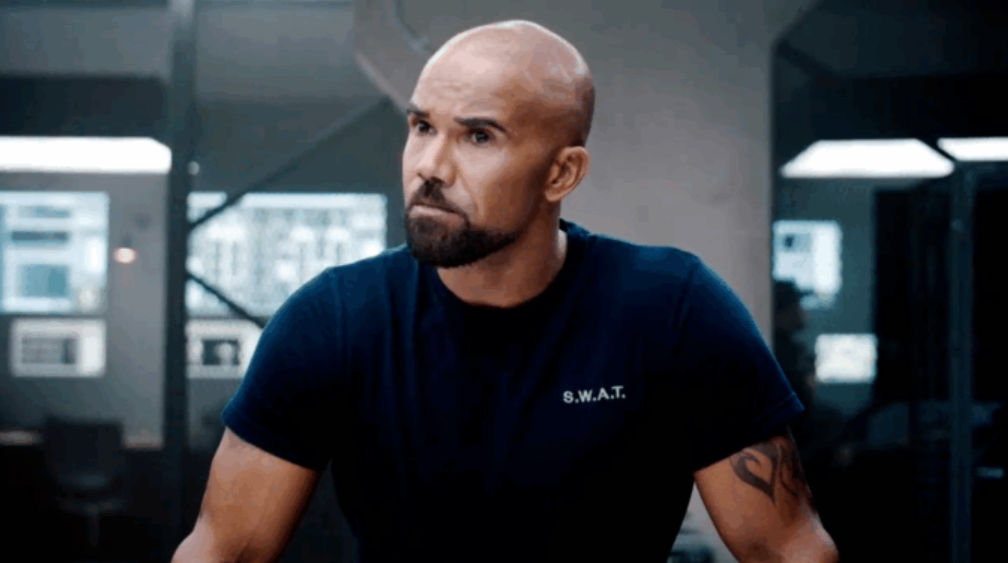
Executives have hinted at potential guest appearances from original cast members, suggesting a possible path toward reconciliation. However, the exact nature or frequency of such cameos remains unconfirmed, leaving fans to wonder if fleeting appearances can truly mend the rift or restore the fundamental “squad” dynamic that was so central to the original show’s identity. The future of S.W.A.T. Exiles is thus fraught with both opportunity and significant creative challenges. Can Shemar Moore, undeniably a charismatic and capable lead, carry the weight of an entire franchise on his shoulders without the rich, interwoven relationships and supporting characters that grounded Hondo’s journey for seven seasons? The strength of the original S.W.A.T. lay not just in its action sequences, but in the compelling chemistry and camaraderie of its diverse team. Their individual stories, vulnerabilities, and unwavering loyalty to one another formed the emotional bedrock that resonated deeply with viewers.
Ultimately, the dilemma for S.W.A.T. Exiles is whether the powerful personal brand of Shemar Moore and the “Hondo” character can transcend the absence of the collective “squad” that made the original series special. The success of the spinoff will hinge on its ability to forge new, equally compelling dynamics and storylines that feel authentic to the S.W.A.T. ethos, rather than merely relying on a familiar face. This saga is more than just behind-the-scenes drama; it is a profound commentary on the delicate balance between brand continuity and artistic integrity in an industry undergoing seismic shifts. Shemar Moore may indeed be the “quarterback” of the S.W.A.T. universe, but as this controversy vividly illustrates, it was the entire team that built the game, and their legacy casts a long shadow over the franchise’s next chapter.
